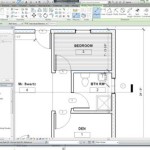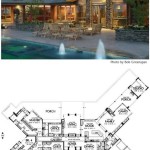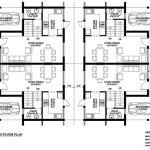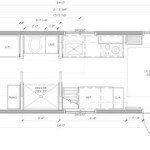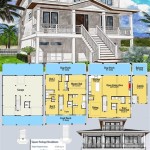Standard Scale For Site Plan
A site plan is a technical drawing that illustrates the layout of a property, typically focusing on the ground level. It often depicts the existing features of a site, such as buildings, roads, utilities, landscaping, and topography, as well as proposed additions or modifications. A key element of a site plan is the scale, which determines the relationship between the dimensions on the drawing and the actual dimensions of the site. Establishing a standard scale for site plans ensures consistency, clarity, and effective communication between stakeholders.
Importance of a Standard Scale
Using a standard scale for site plans offers numerous advantages:
- Consistency and Clarity: A standardized scale ensures that all site plans adhere to a common visual language, making it easier for different professionals and stakeholders to understand the information presented.
- Accuracy and Precision: A consistent scale allows for accurate measurements and estimations, crucial for construction, landscaping, and utility planning.
- Efficient Communication: A standard scale simplifies communication between architects, engineers, contractors, and clients, reducing the potential for misunderstandings and errors.
- Data Comparability: Standardized scales facilitate the comparison of different site plans, particularly when multiple projects or phases are involved.
Common Scales for Site Plans
The choice of scale for a site plan depends on the size and complexity of the project. Smaller projects may use larger scales, while larger projects typically employ smaller scales. Here are some common scales used for site plans:
- 1:100 (1:100): A relatively large scale often used for small residential projects or detailed drawings of specific areas within a larger site.
- 1:200 (1:200): A commonly used scale for residential projects, providing a balanced level of detail and overview.
- 1:500 (1:500): This scale is suitable for larger residential developments, commercial projects, and smaller urban planning projects.
- 1:1000 (1:1000): A commonly used scale for large-scale urban planning projects, subdivisions, or park layouts.
- 1:2000 (1:2000): This scale is often employed for regional plans, showing a wider area with less detailed information.
It’s important to note that these are just general guidelines, and the specific scale chosen will depend on the project’s requirements. It is always recommended to consult with relevant design professionals for optimal scale selection.
Factors Influencing Scale Selection
Several factors influence the selection of an appropriate scale for a site plan:
- Size of the Site: Larger sites typically require smaller scales to represent the entire area on a manageable drawing.
- Level of Detail: Projects requiring higher levels of detail, such as intricate landscaping or precise utility placement, may benefit from larger scales.
- Project Scope: More complex projects or those with multiple phases might call for a range of scales to accommodate different levels of detail.
- Intended Use: The purpose of the site plan, whether for construction, planning, or presentation, can influence the scale selection.
- Standards and Regulations: Local building codes or industry standards may specify a recommended scale for particular project types.
By carefully considering the factors mentioned above, architects, engineers, and other professionals can choose the most suitable scale for their site plans, ensuring clear communication, accurate representation, and effective decision-making.

Site Plan Designing Buildings

How To Measure Distances In Technical Drawings With Custom Scale Annotator

Understanding Scales And Scale Drawings A Guide

Understanding Scales And Scale Drawings A Guide

Determine Dimensions From Drawings Technically Drawn

Understanding Scales And Scale Drawings A Guide

How To Manually Draft A Basic Floor Plan 11 Steps Instructables

How To Draw A Floor Plan Scale Measuring Sketching

Floor Plans With Dimensions Including Examples Cedreo
4 Tips For Your Location Plans Buyaplan
Related Posts

